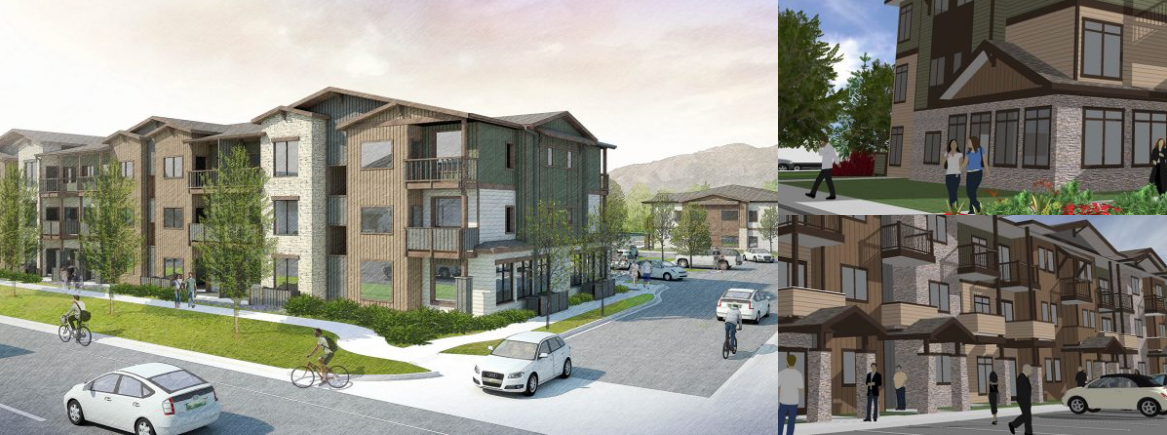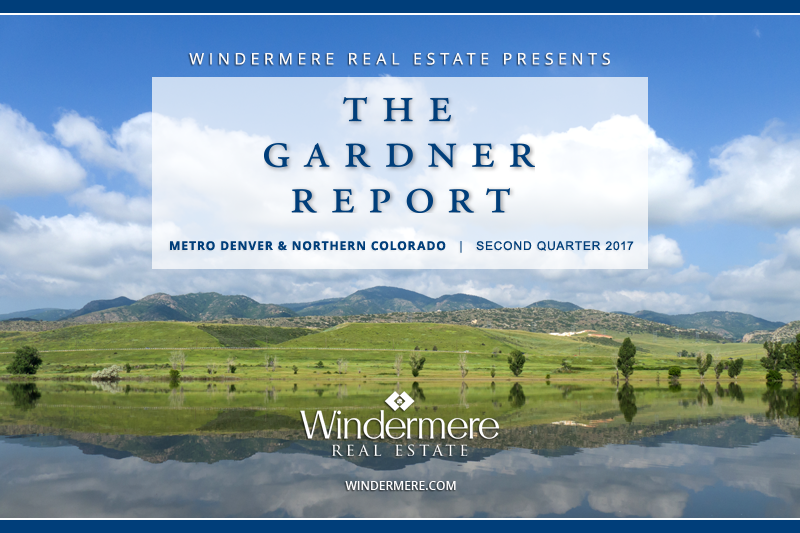
Although it seems like they have been building new apartments for students for years now in Fort Collins (they have), we won’t be seeing a slowdown of that quite yet. There are several large developments in the works right now that won’t see completion until the end of 2018 and beyond.
Brinkman is breaking ground on a $16 million project called Copper Leaf Place on Shields and Horsetooth soon, with apartments being ready for rent between mid May and Late June of 2018. The over 80 units will range in rent from $1,000 to $1,625 per month.
Another big development on the horizon was the purchase of the St Paul’s Episcopal Church on W Elizabeth Street just west of the CSU Campus. A company that already owns three other student housing developments bought it for $4.18 million, and will start development on the property sometime in 2018.
With high rents and the stable Fort Collins economy, large companies and real estate developers are still feeling great about the area. Which is great for housing values, jobs, and Fort Collins in general. If you have any questions on this information or the real estate market in general, please feel free to give me a call!



 Facebook
Facebook
 Twitter
Twitter
 Pinterest
Pinterest
 Copy Link
Copy Link










